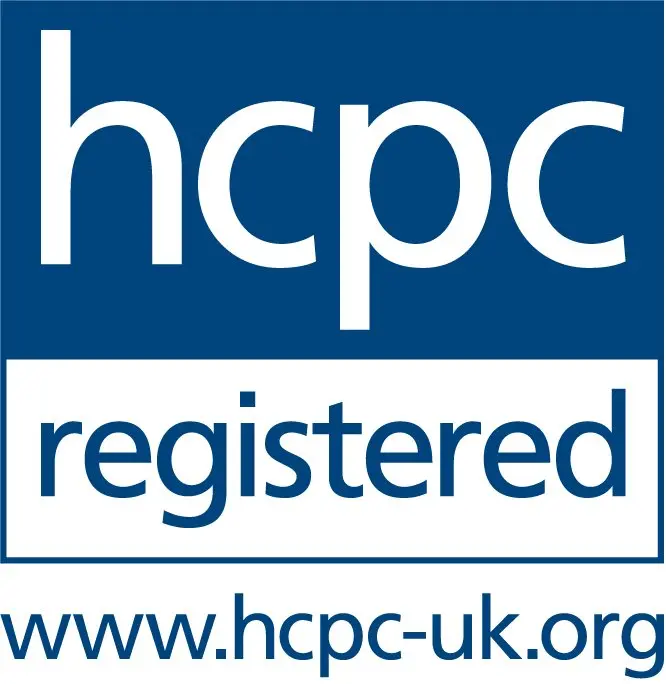What are worms?
Worm infections are common in children, particularly those in daycare or school environments where close contact increases the risk of transmission. These infections are caused by parasitic worms, such as pinworms, roundworms, and tapeworms, which can enter the body through contaminated food, surfaces, or poor hygiene practices. While worm infections are usually not dangerous, they can cause discomfort and affect a child’s sleep, digestion, and overall well-being.



